How Wine is Made: From the Vineyard to your Glass in 6 Steps
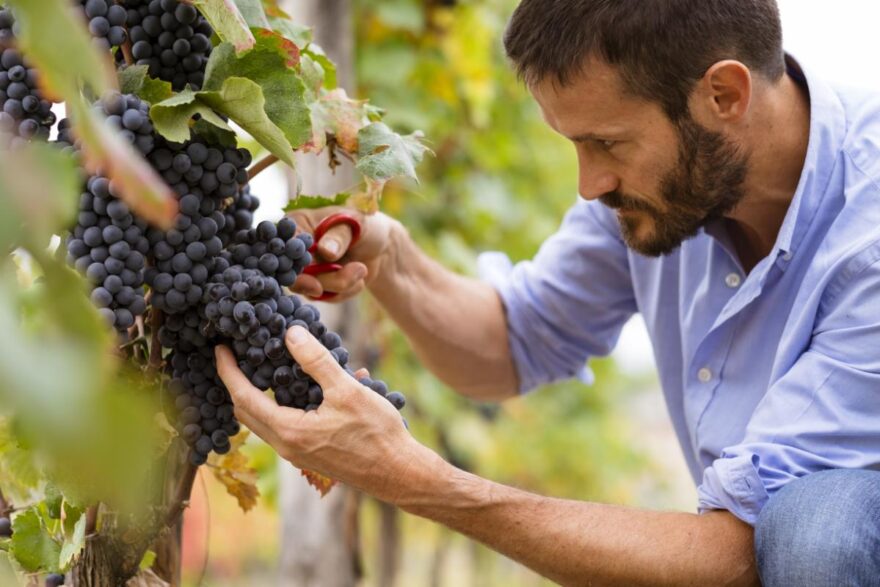

From harvesting to bottling, everything you need to know about how wine is made.
The delicious nectar we call wine is, by definition, the product of the alcoholic fermentation of grapes.
There are also fruit wines, or country wines, that are made from fermented fruits. However, wine in the traditional sense is made from wine grapes.
But how is it possible to transform those berries in our favourite drink?
Well, all is done in a few steps; let’s have a look at them…
1. Cultivation of the grapes
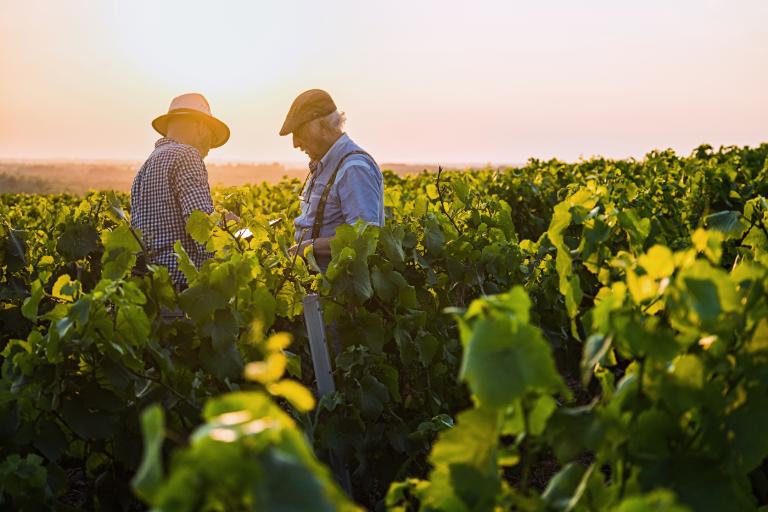
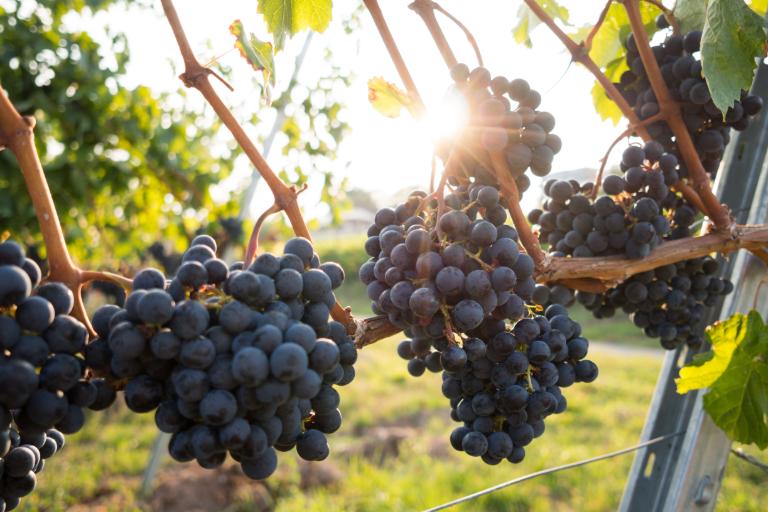
No good grapes, no good wine!
The cultivation of grapes is the first, fundamental step for the production of wine. And all wine-making processes, however important, can never give a good result if the quality of the main ingredient is poor.
2. Harvest

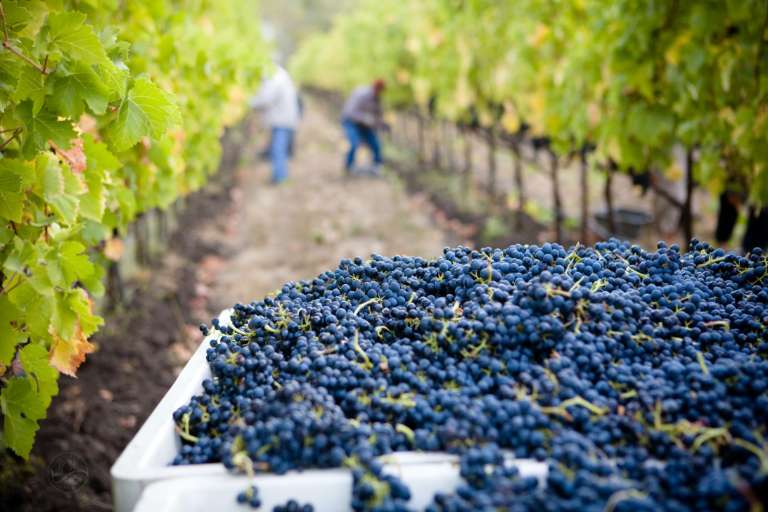
Every year, it all starts in the vineyard…
Do you wonder what that year in the label means ?
Does the year on the bottle indicate the year the grapes were harvested, bottled or released?
Well, the year on the label always refers to the year the grapes were harvested !!!
Grapes are picked at maturity but harvest time depends on many factors: climatic conditions, production area, type of grapes, type of wine as well as sugar, acid and aromatic ripeness.
Harvest can be done manually or with the aid of mechanic machines.
Mechanical harvesting is the fastest method while manual harvesting is normally used for the production of quality wines, where it is important to select the bunches.
3. Crushing


Take the juice out, now!
Have you ever seen one of those ancient images of peasant families jumping inside the large basins to crush the fruit? Well, yes, once upon a time, the pressing was traditionally done by feet. Today, this operation is carried on with the help of machinery that can also derasp the bunches.
The grapes are gently squeezed and collected in large vats.
4. Fermentation
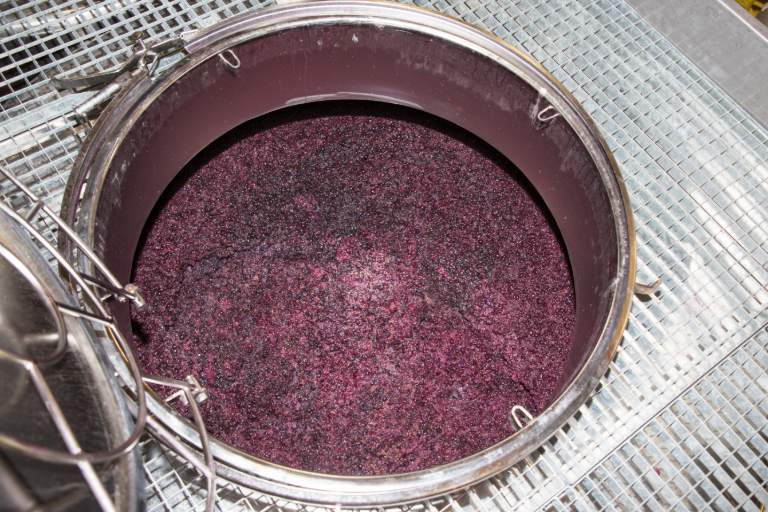
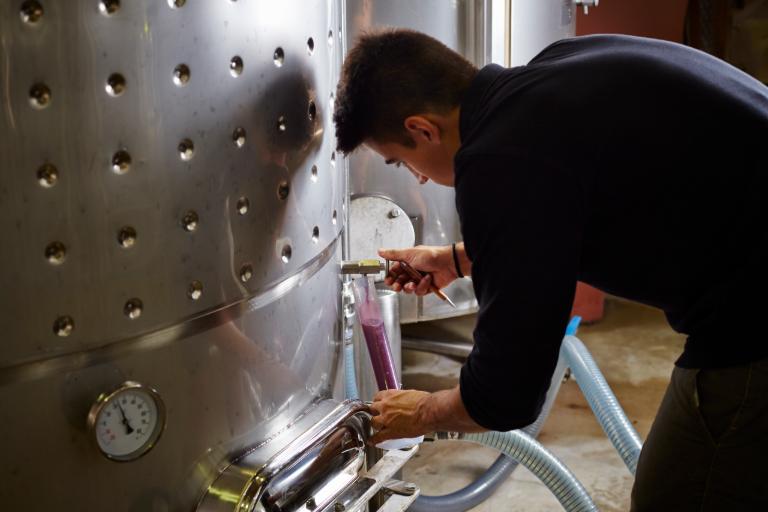
Here comes the magic!
In the vats, the yeasts, naturally present on the grape skins or added by the winemaker, activate the biochemical process called alcoholic fermentation that will turn the sugar contained in the must into alcohol and carbon dioxide.
Red wines are vinified together with their skin, which influences the color and tannic component of the wine, while for white wines, the grape juice is normally separated from stalks, skins and seeds. And for rosé wines? Red vinification takes place only for a limited time.
After vinification, the wine is filtered and stored for aging
5. Aging
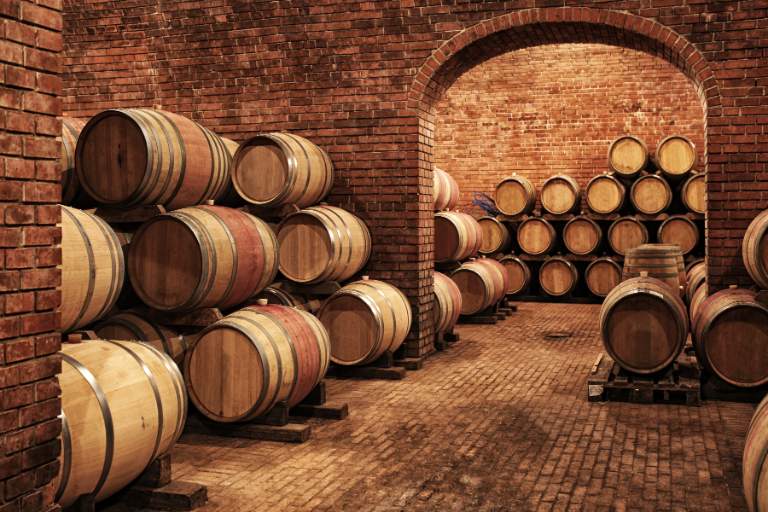
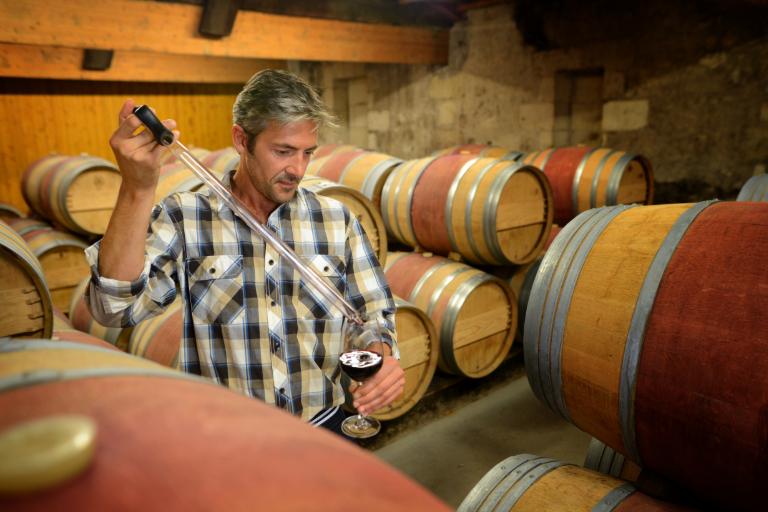
Good things come to those who wait.
Refinement, during which the wine settles and the aromas develop, can take place in casks, barrels, steel or cement: the material and the size of the container depend on the characteristics of the wine.
6. Bottling
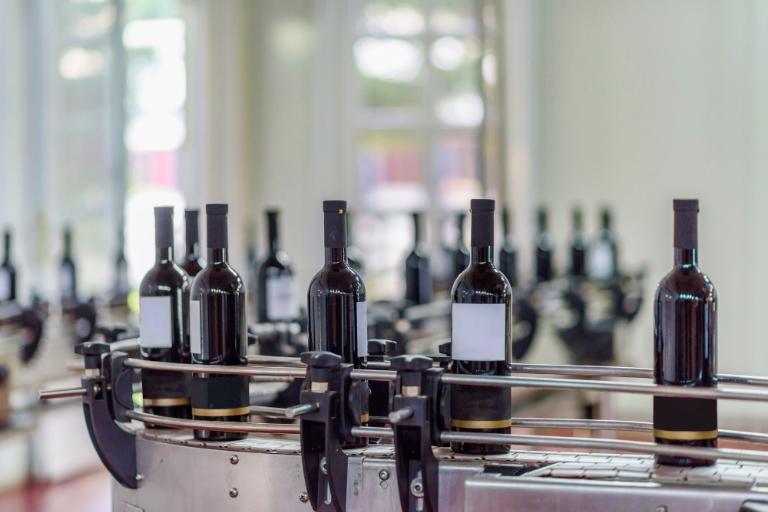
Almost time to drink.
Finally, the wine is filtered to remove impurities and bottled.
The refinement of the wine can continue in the bottle, up to the moment when the wine ends up in the shop and later in your glass for your enjoyment!

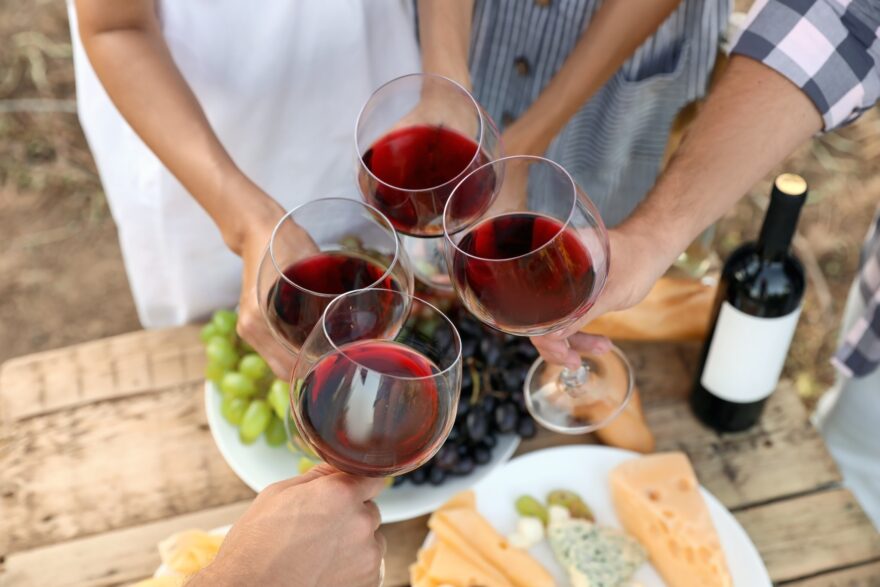
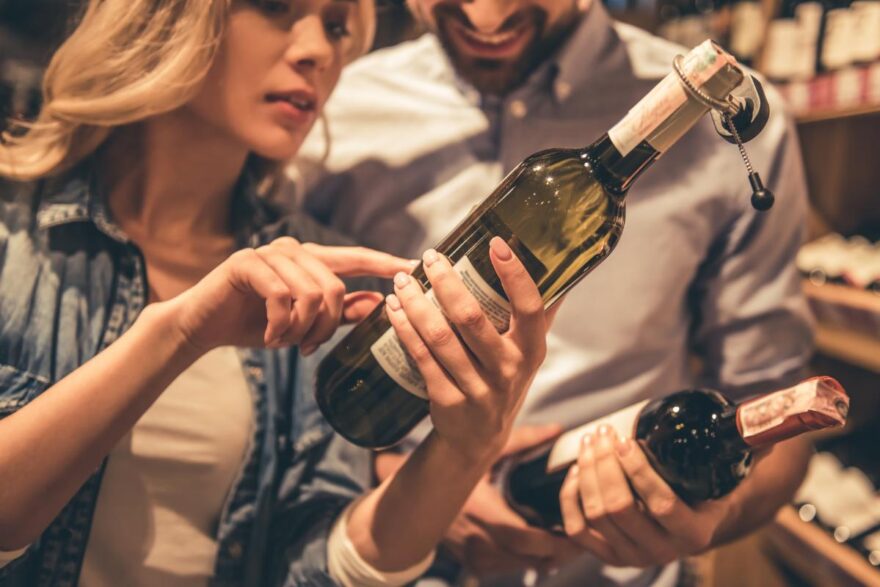


Succinctly informative. Wine making is definitely a fascinating process. Thanks!
The journey of wine from grape to glass is very fascinating. Thanks for sharing this informational post.